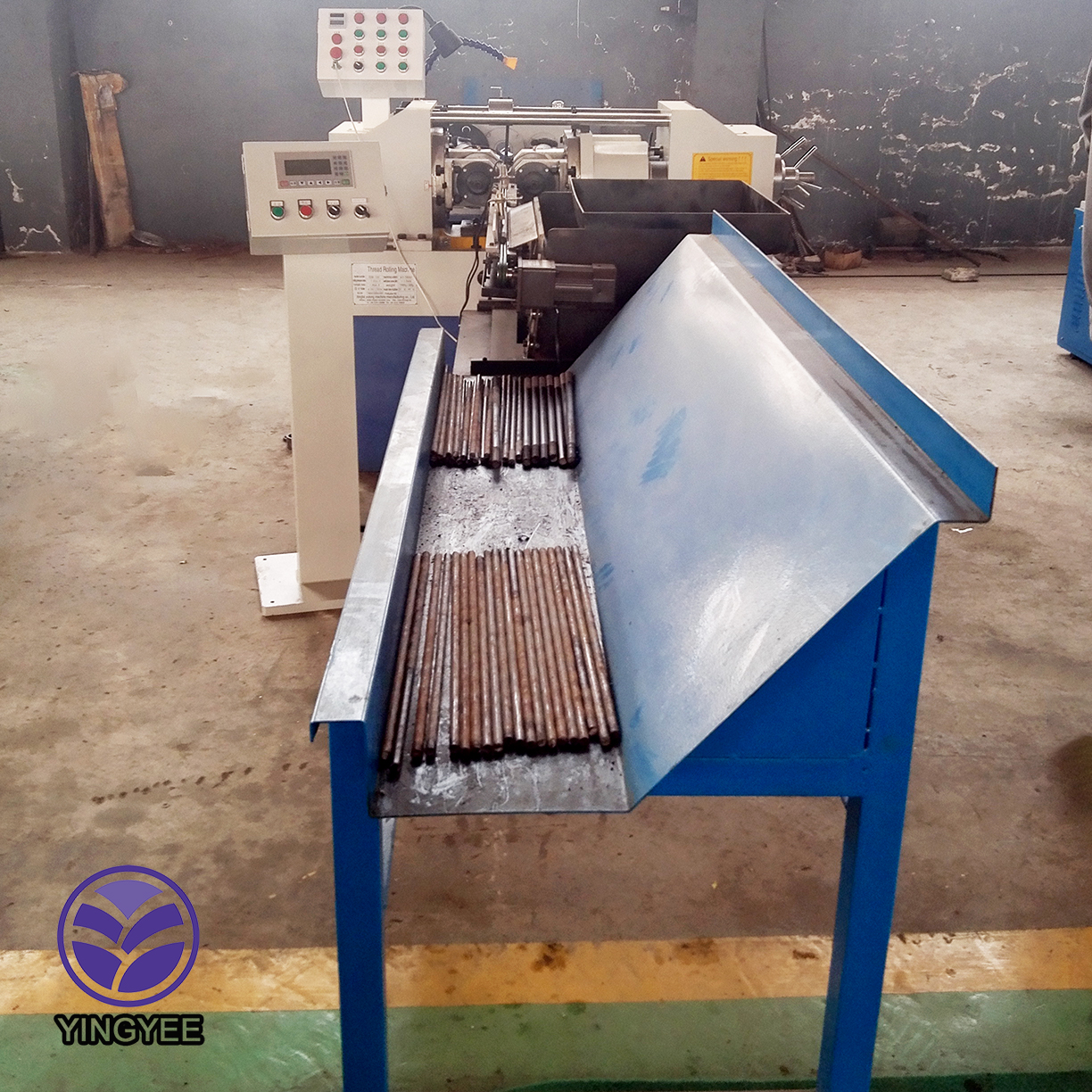
The Art of Metal Curving A Fusion of Precision and Creativity
Metal curving, an intricate and fascinating process, combines the rigorous demands of engineering with the expressive potential of artistic design. As industries evolve and the demand for innovative solutions grows, the importance of mastering metal curving becomes apparent. This article delves into the techniques, applications, and significance of metal curving in various fields.
Understanding Metal Curving
Metal curving refers to the process of bending and forming metal sheets or rods into specific shapes and contours. This manipulation can create anything from simple curves to complex geometrical forms. Various techniques facilitate metal curving, including roll bending, press braking, and rotary draw bending. Each method offers unique advantages, catering to different requirements and project specifications.
Roll bending, often employed for larger pieces, involves passing a metal sheet through a series of rollers to create a gradual curve. In contrast, press braking uses a punch and die system to apply pressure to the metal, achieving precise angles and curves. Rotary draw bending is particularly useful for creating tight radii, making it ideal for intricate designs in industries such as automotive and aerospace.
Applications in Various Industries
Metal curving boasts a wealth of applications across numerous sectors. One of the most notable is the construction industry, where curved metal components are essential for architectural features such as arches and domes. These elements not only enhance the aesthetic appeal of buildings but also contribute to structural integrity.
In the automotive industry, metal curving is crucial for crafting components that improve aerodynamics and overall performance. From exhaust systems to chassis frameworks, the ability to curve metal allows manufacturers to innovate and optimize vehicle designs.
The art also finds its place in furniture design, where curvilinear forms create visually striking pieces. Designers often use curved metal to produce unique and functional structures that enhance both home and office environments. Additionally, the artistic community exploits the potential of metal curving in sculptures and installations, transforming raw materials into compelling works of art.

The Challenges of Metal Curving
Despite its versatility, metal curving presents various challenges that professionals must navigate. Achieving uniformity in curves, particularly over large volumes, requires expert skill and precision. Factors such as material properties, thickness, and heat treatment all influence the bending process, necessitating careful consideration and planning.
Moreover, the tolerance levels for curves can vary widely depending on the application. Industries with strict regulatory standards, such as aerospace and medical devices, require meticulous attention to detail to ensure safety and compliance. Thus, metal curving not only demands creativity but also an adherence to rigorous quality control protocols.
The Future of Metal Curving
Looking ahead, the future of metal curving appears promising, particularly with advancements in technology. The integration of computer numerical control (CNC) systems and 3D modeling is revolutionizing the way metal is manipulated. These technologies allow for increased precision, efficiency, and the ability to create complex designs that were previously unimaginable.
Furthermore, as sustainability becomes an industry focal point, metal curving techniques are evolving to utilize recyclable materials and minimize waste. Innovations in sustainable practices will likely influence not only the methods of production but also the materials used in manufacturing.
Conclusion
Metal curving stands at the intersection of functionality and artistry, offering endless possibilities for design and engineering. As industries continue to advance, mastering this craft will remain essential for meeting the demands of modern applications. By understanding the techniques and challenges involved, we can appreciate the artistry and precision that metal curving embodies, ensuring its place in the future of innovation.